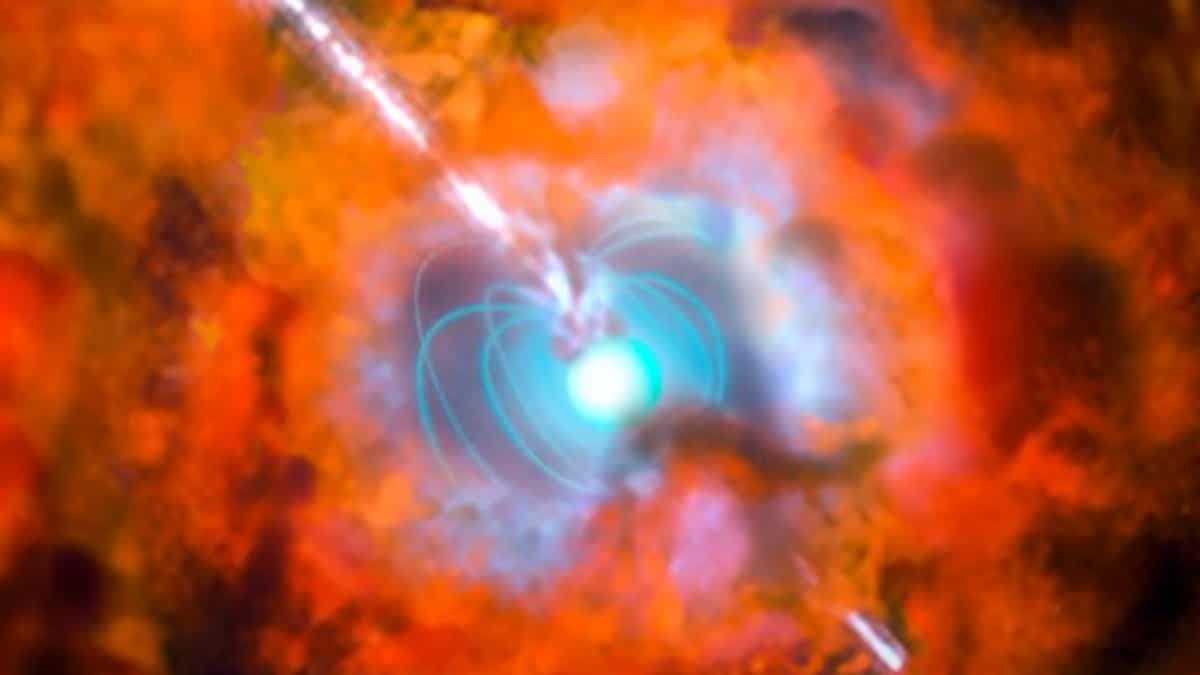India to launch world’s second X-ray polarimetry space observatory
The mission will help scientists better understand sources of cosmic radiation
XPoSAT is India's first space observatory dedicated to X-ray polarimetry. Credit: ISRO
India is gearing up to launch its first space observatory that uses X-ray polarimetry, a high-energy astrophysics frontier that will help scientists scout for X-ray emissions from cosmic sources such as black holes and neutron stars.
The Indian Space Research Organisation's X-ray Polarimeter Satellite or
XPoSAT is expected to fly later this year. The mission will send two scientific payloads to a low earth orbit, the second such mission after NASA's Imaging X-ray Polarimetry Explorer (IXPE). These missions measure 'polarization' as an additional property thus expanding the understanding of physical processes and the structure of all kinds of X-ray sources. Currently, X-ray sources are
measured for energy, time, and location.
“Polarimetry adds two more dimensions ― the degree and angle of polarization of X-ray sources," says Biswajit Paul, principal investigator for one of the payloads POLIX and a scientist at Raman Research Institute, Bengaluru.
While POLIX (Polarimeter Instrument in X-rays), the primary payload aboard XPoSAT, will measure these parameters in the medium X-ray energy range of 8-30 keV photons of astronomical origin, the XSPECT (X-ray Spectroscopy and Timing) payload will provide spectroscopic information in the 0.8-15 keV range. The mission will cost roughly 600 million rupees (around US$ 72,26,000).
Why X-ray sources are important to study
Black holes, neutron stars, active galactic nuclei, and pulsar wind nebulae are some sources that emit X-rays, a type of high-energy electromagnetic radiation with wavelengths shorter than visible light.
Cosmic X-rays carry the signature of the high-energy phenomena that created them, such as matter falling into a neutron star or a black hole. They help scientists study objects that would otherwise be hidden from view and in understanding the underlying mechanisms and dynamics of the universe.
But X-rays are absorbed by the Earth’s atmosphere. “So, we need X-ray telescopes (in space) to collect this radiation," says Paul.
X-ray astronomy started with balloon observations in the 1960s and progressed to satellite studies in the 1970s. They provide information on cosmic sources, including
discoveries of the supernova remnant Crab Nebula and its rapidly spinning pulsar.
Since the 1970s, measurements via imaging, photometry, and spectroscopy have given scientists a fair idea of X-ray emitters' energy, time, and location. The lack of dedicated X-ray polarimetric instruments has limited polarimetric observations, says Santosh Vadawale at Physical Research Laboratory, in Gujarat, India.
NASA's IXPE, launched in December 2021, marked a turning point. It was the first dedicated X-ray polarimetry satellite with a suite of instruments in the 2 to 8 keV range. India's observatory will operate in the 8 to 50 keV range, complementing IXPE’s observations. XPoSat will be able to observe about 50 bright galactic sources, Vadawale adds.
Scientists are interested in learning more about X-ray pulsars, strongly magnetized neutron stars powered by accretion from a donor star. Chandreyee Maitra at the Max Planck Institute for Extraterrestrial Physics, Germany, wants to map the polarization signatures of these rapidly spinning neutron stars. “These signatures can help us map the emission region and geometry of the X-rays," Maitra says.
XPoSAT can potentially unpack the accretion geometry of black holes in binary stars, which are made up of a normal star and a collapsed star. This has remained an open question for astrophysicists, despite significant advances in X-ray spectroscopy. "Combining XPoSAT with IXPE observations will likely impact this area of research significantly,“ says Vadawale.
In 2020, an international group of researchers
reported spotting via Astrosat an extreme-UV light from the AUDFs01 galaxy, 9.3 billion light years away from Earth. Setting up science support cells will help foster a diverse community of researchers to analyse similar data from XPoSAT, says Ranjeev Misra of Inter-University Centre of Astronomy and Astrophysics, Pune.
doi: https://doi.org/10.1038/d44151-023-00132-x

m.timesofindia.com


